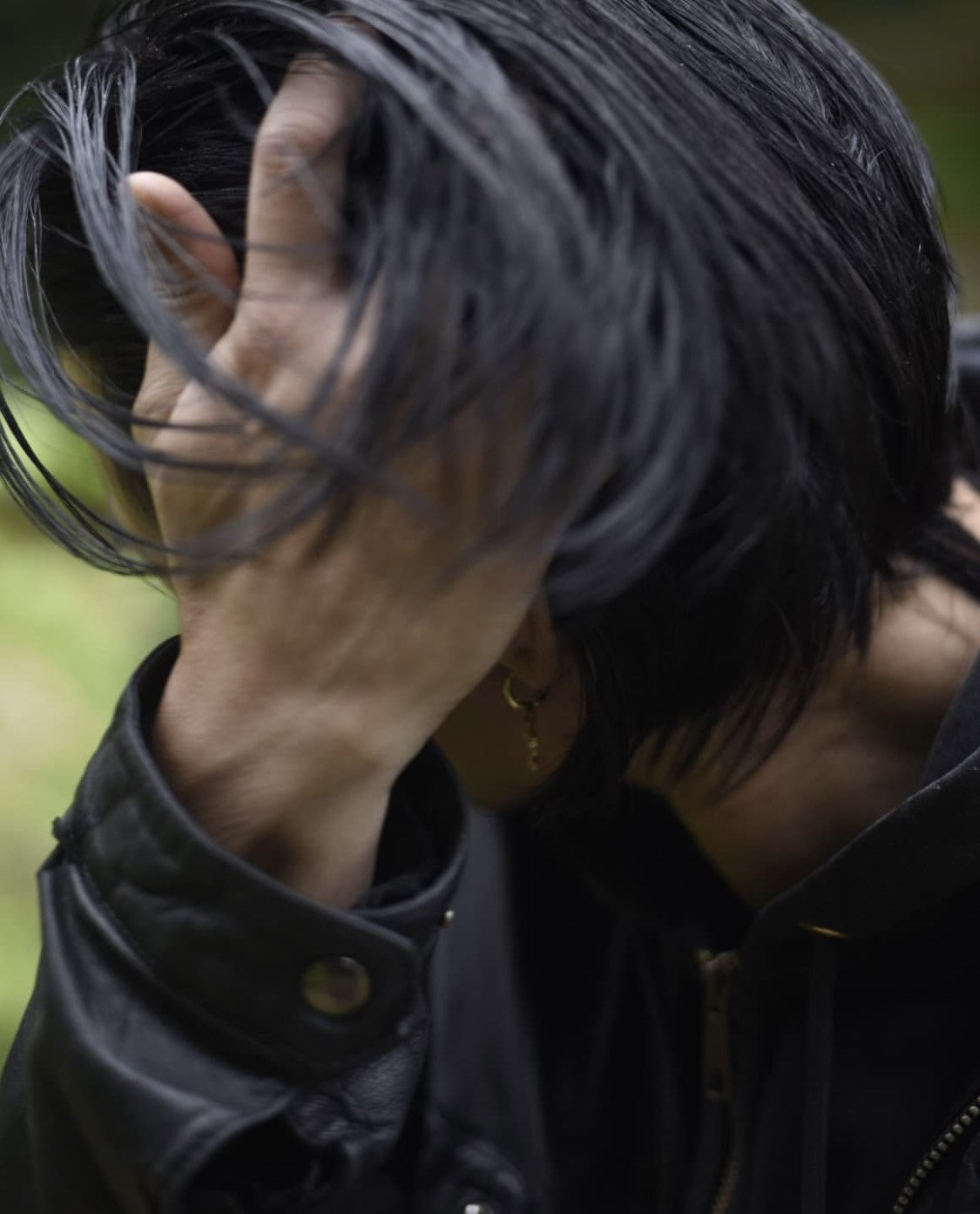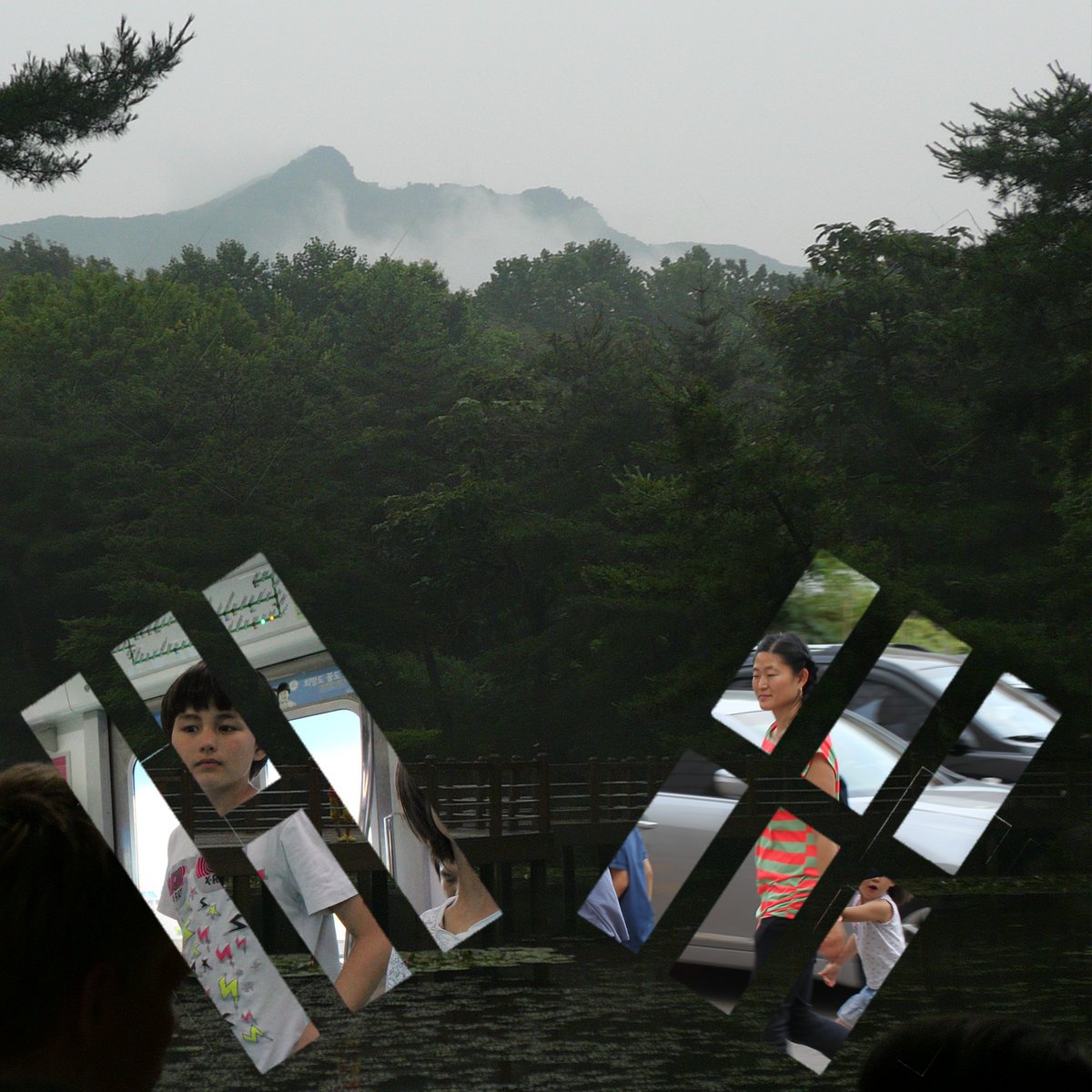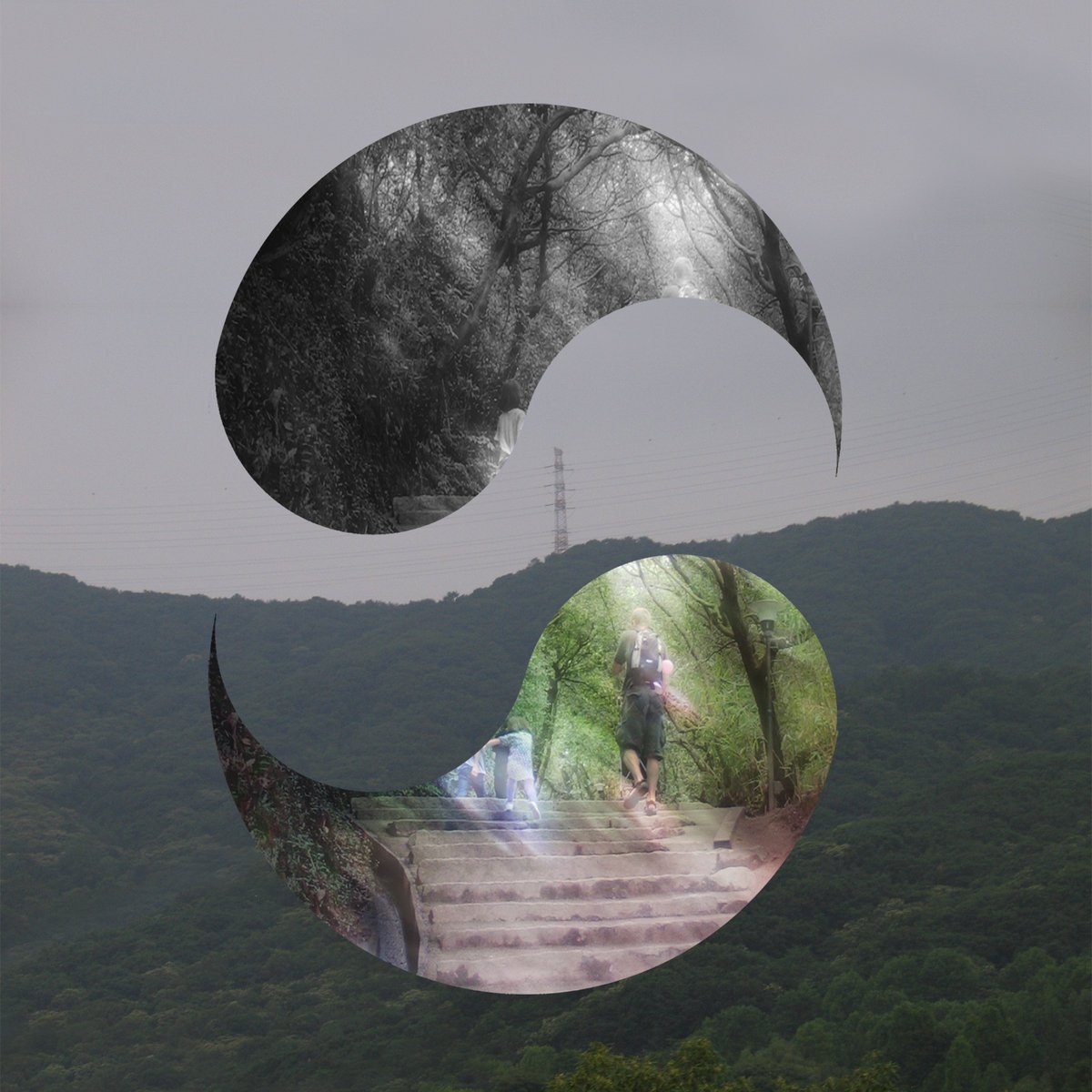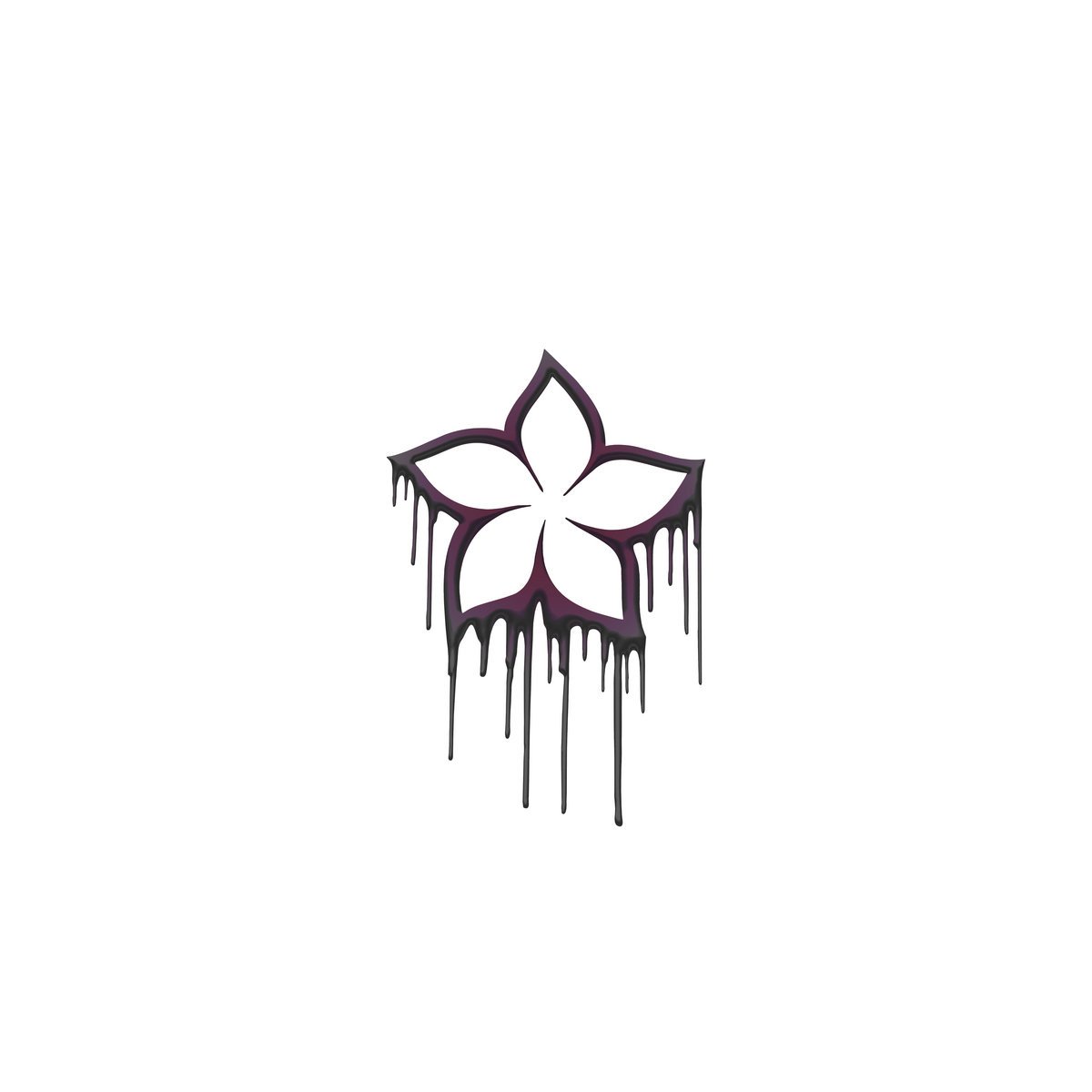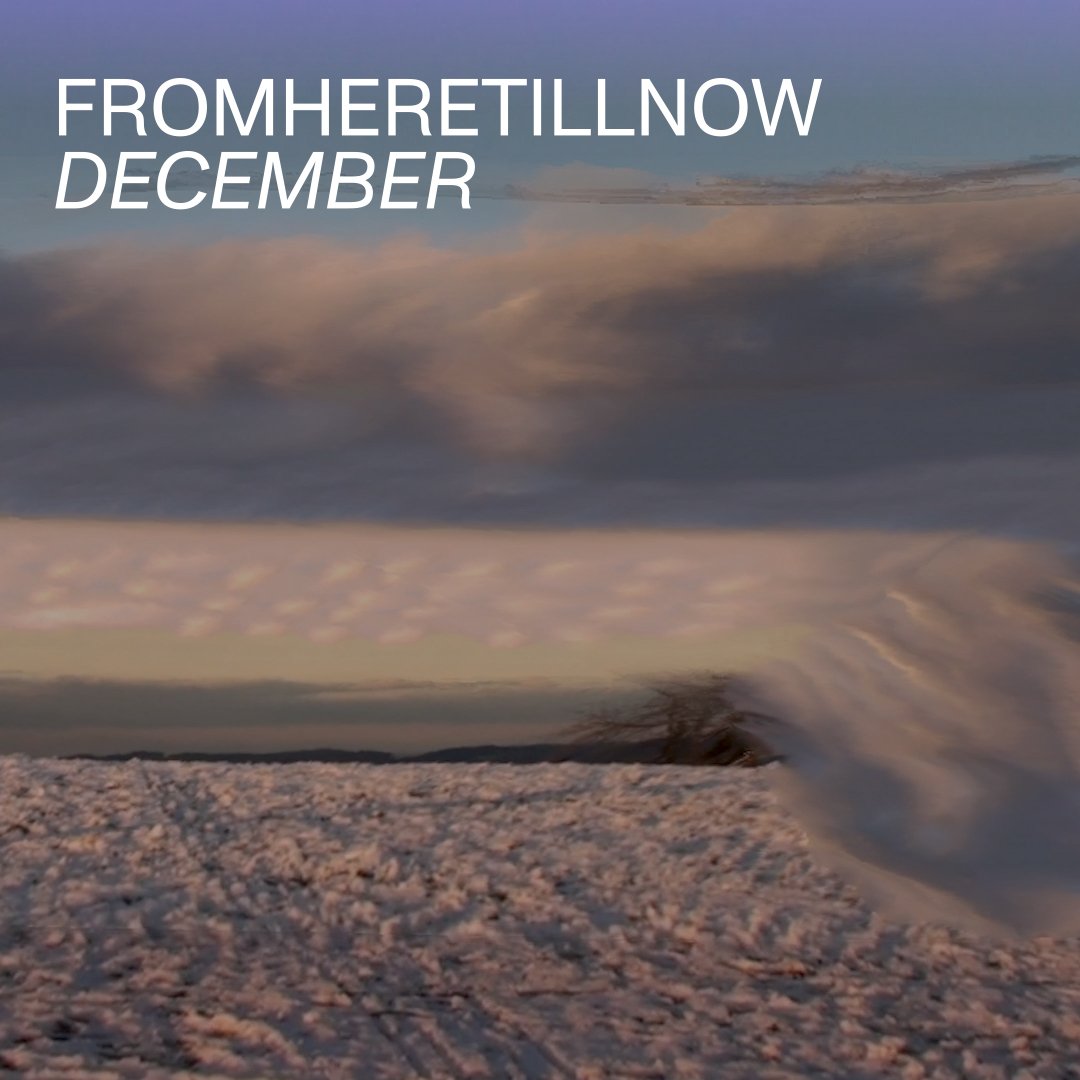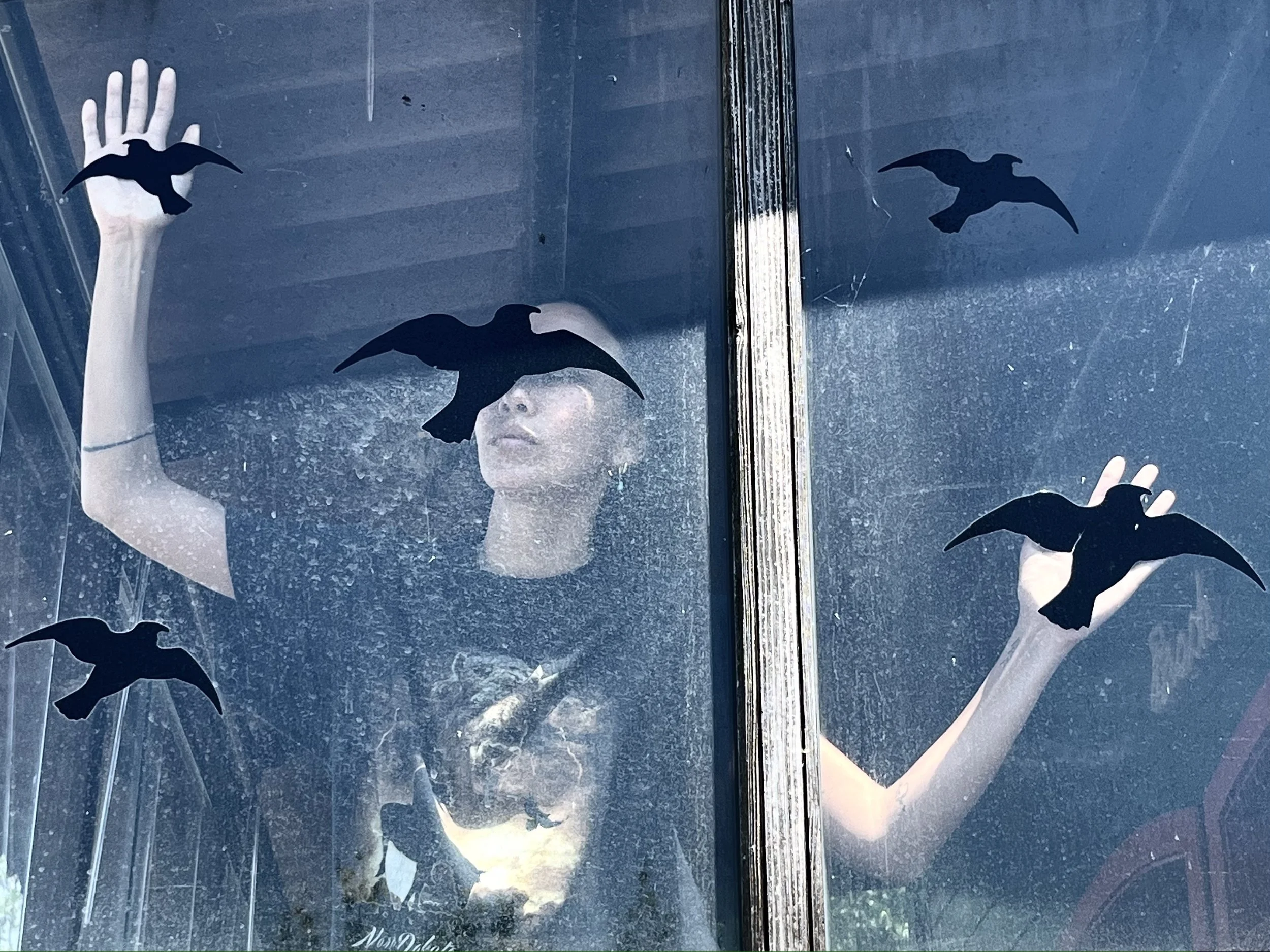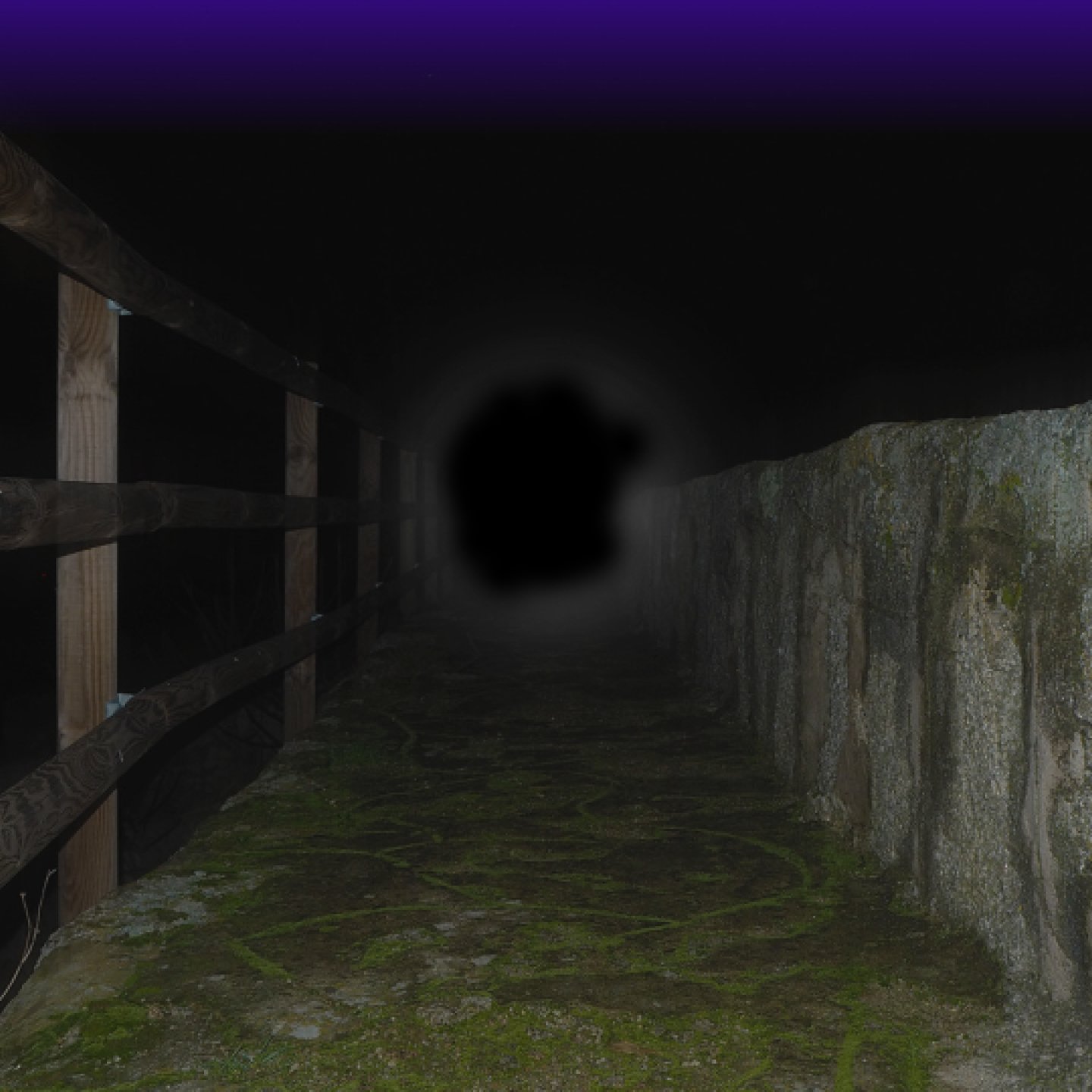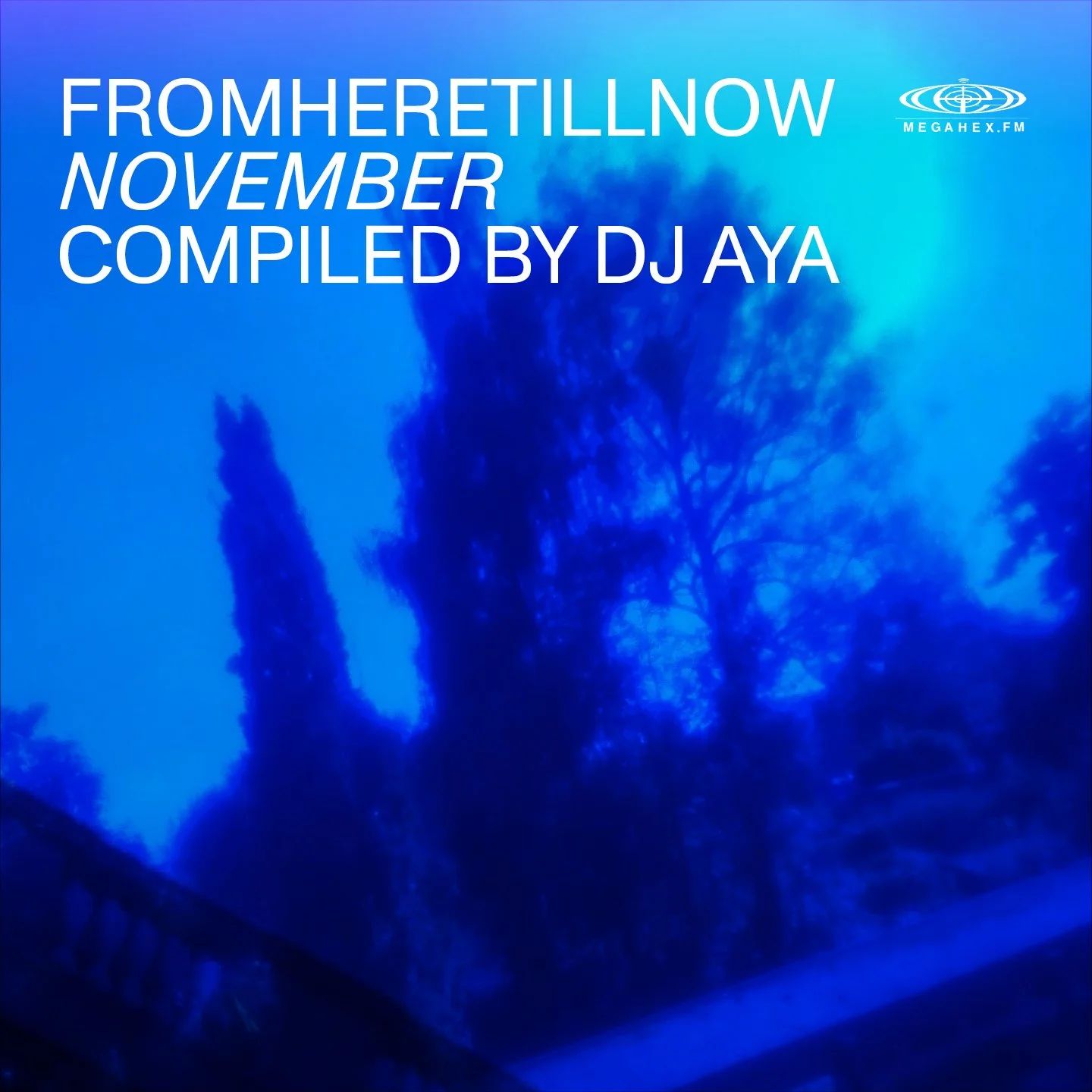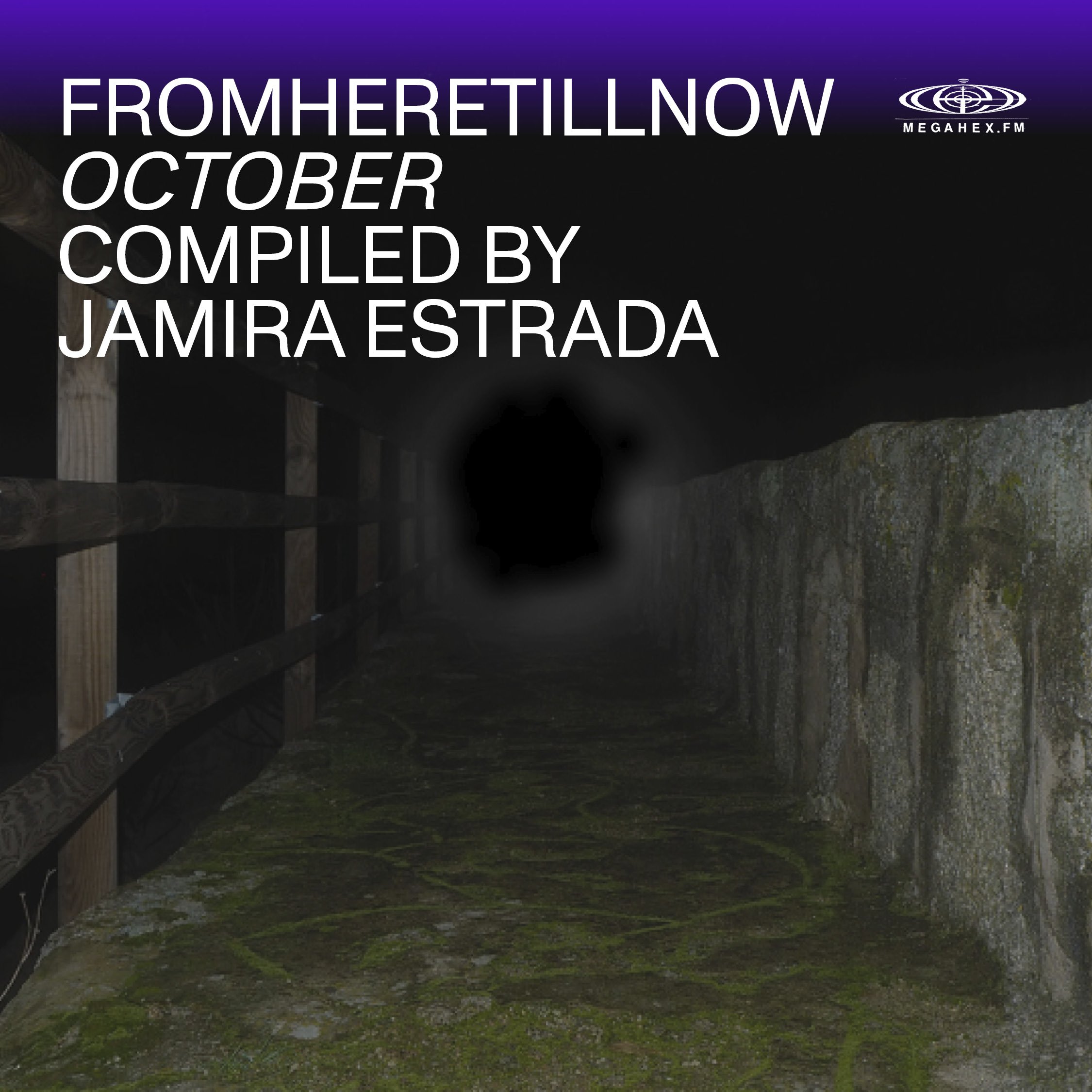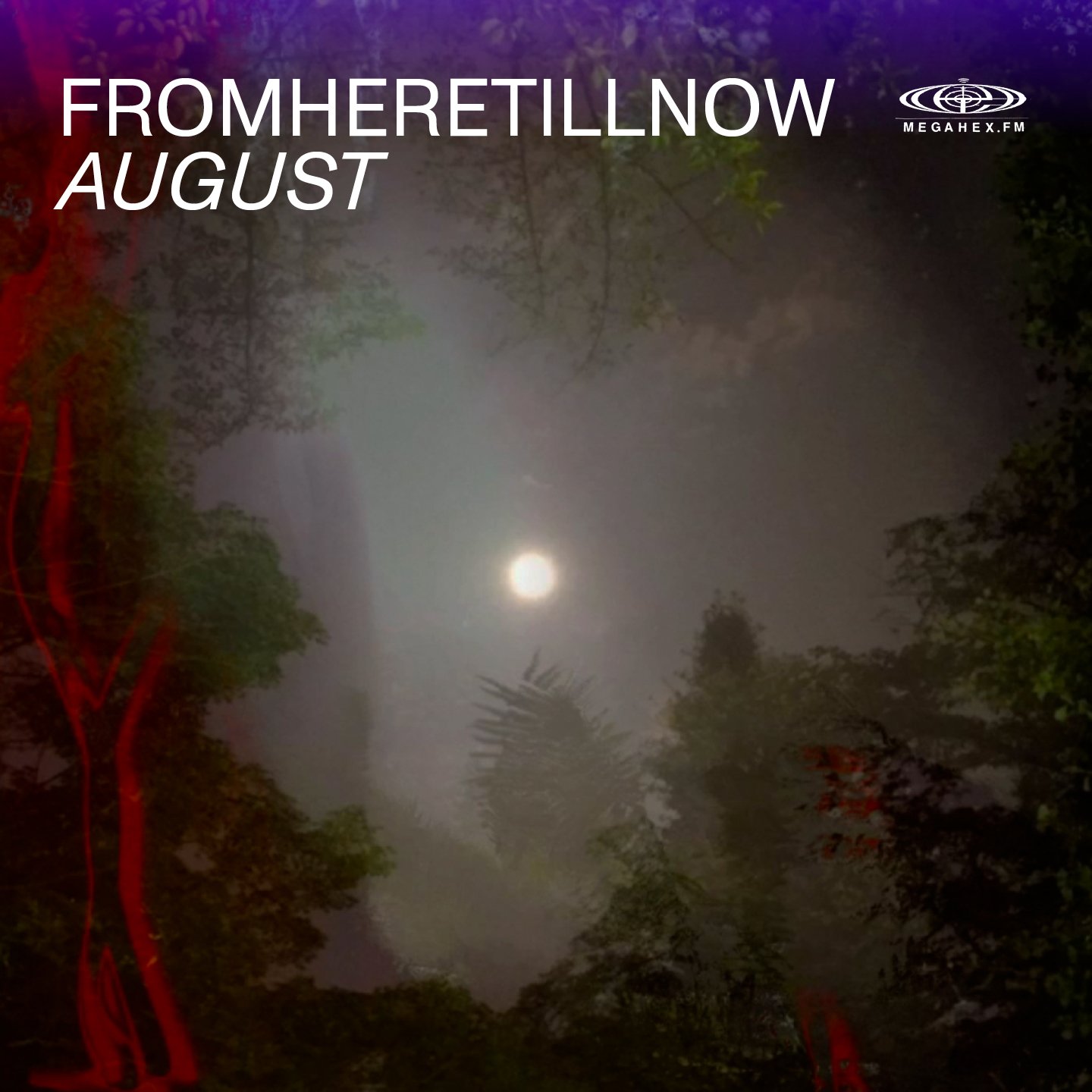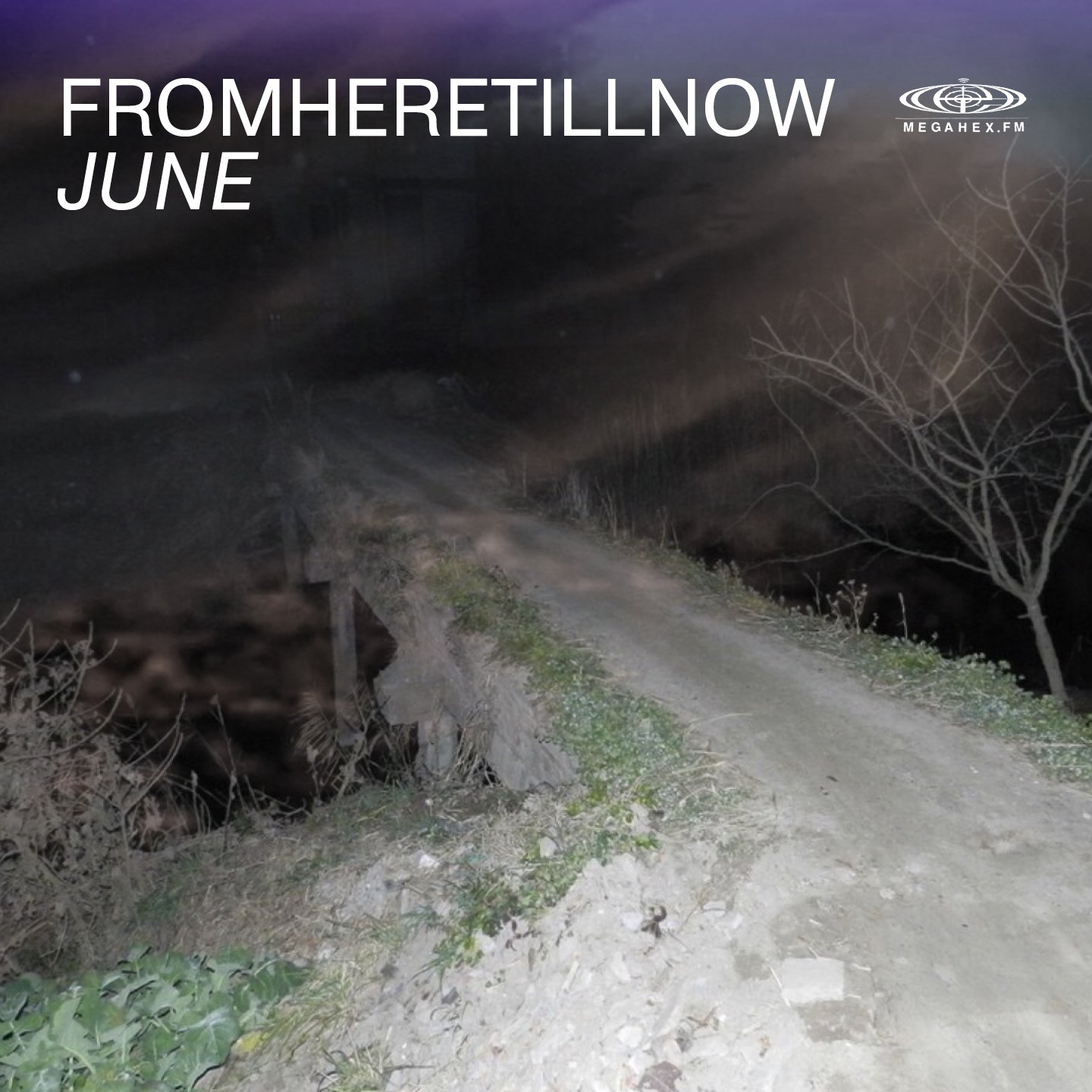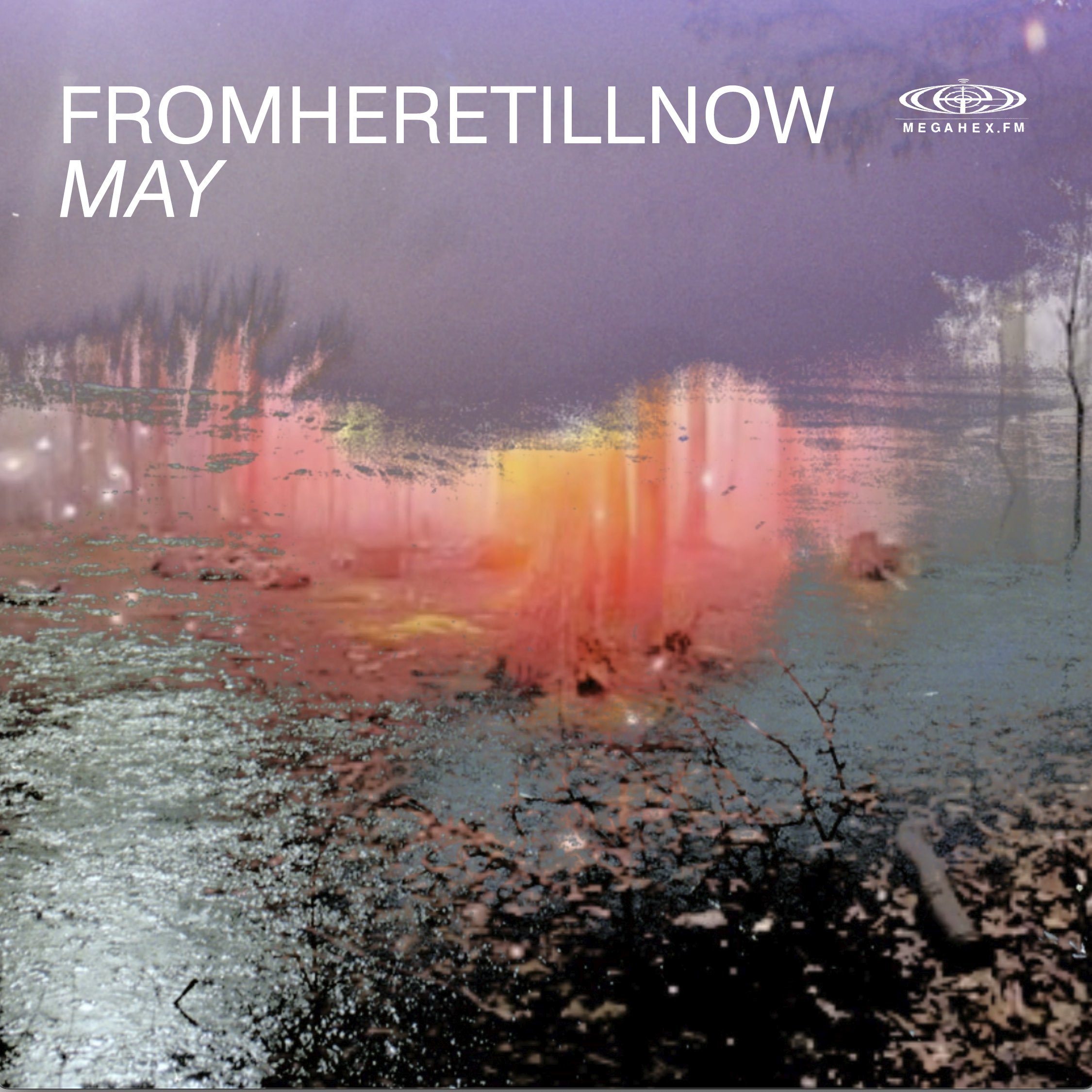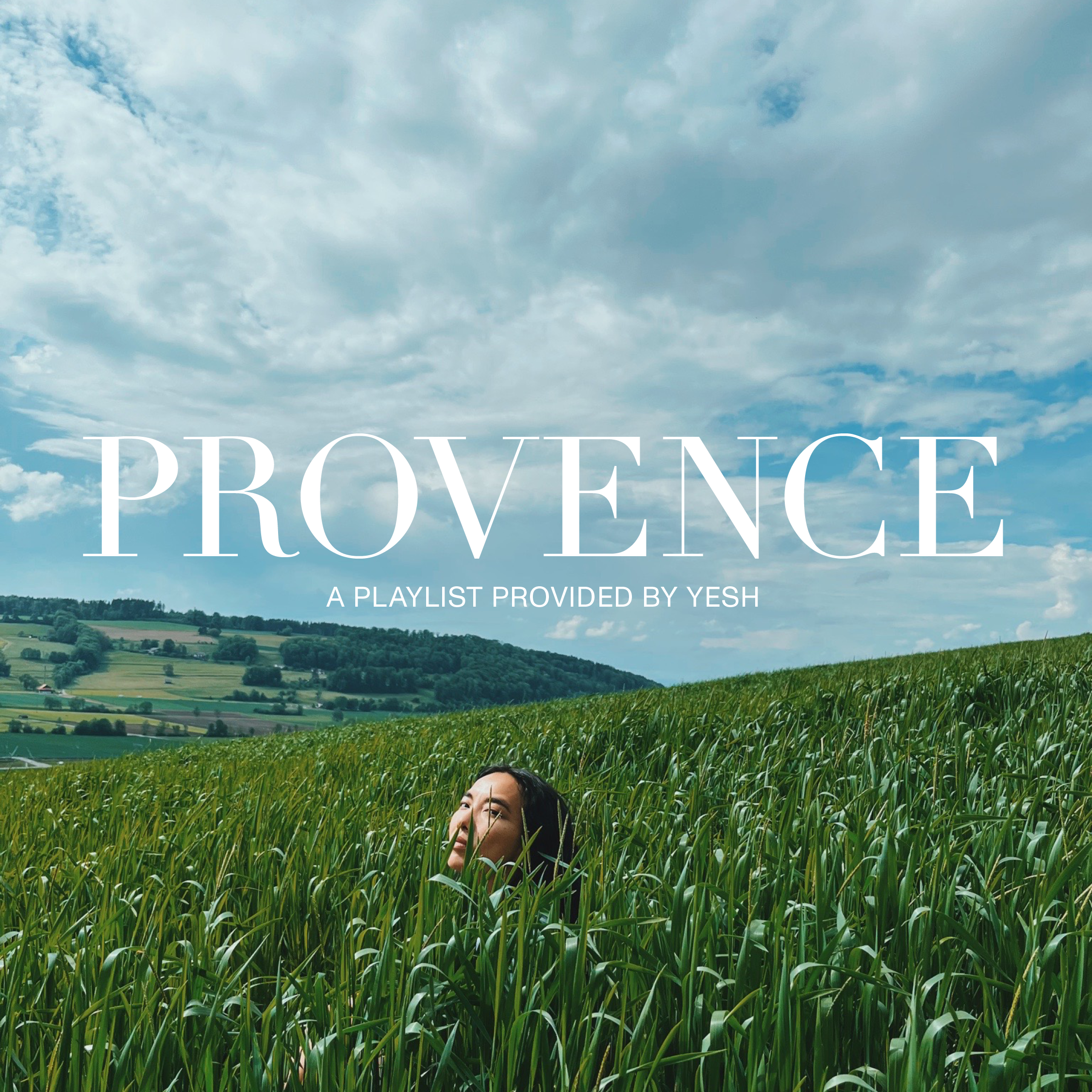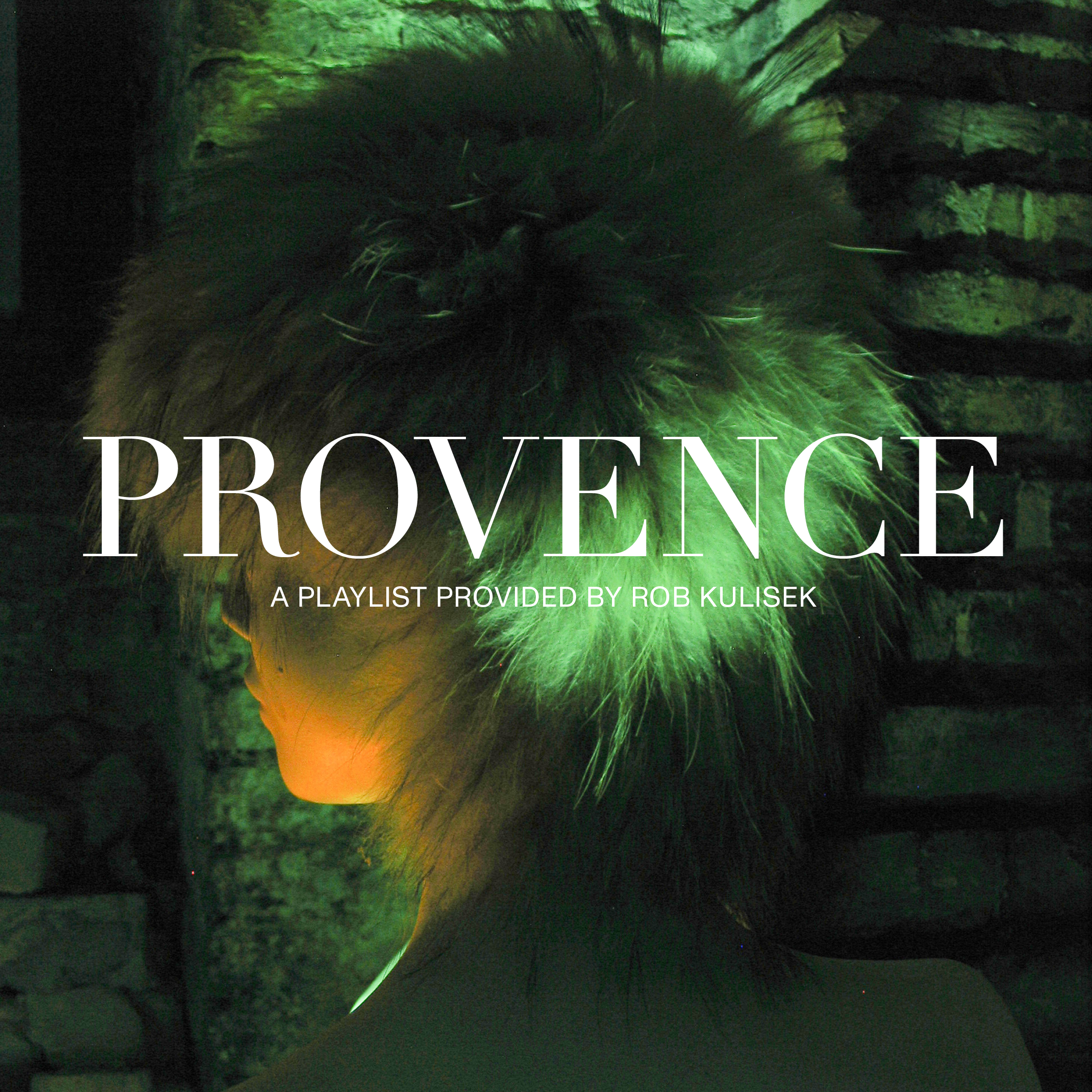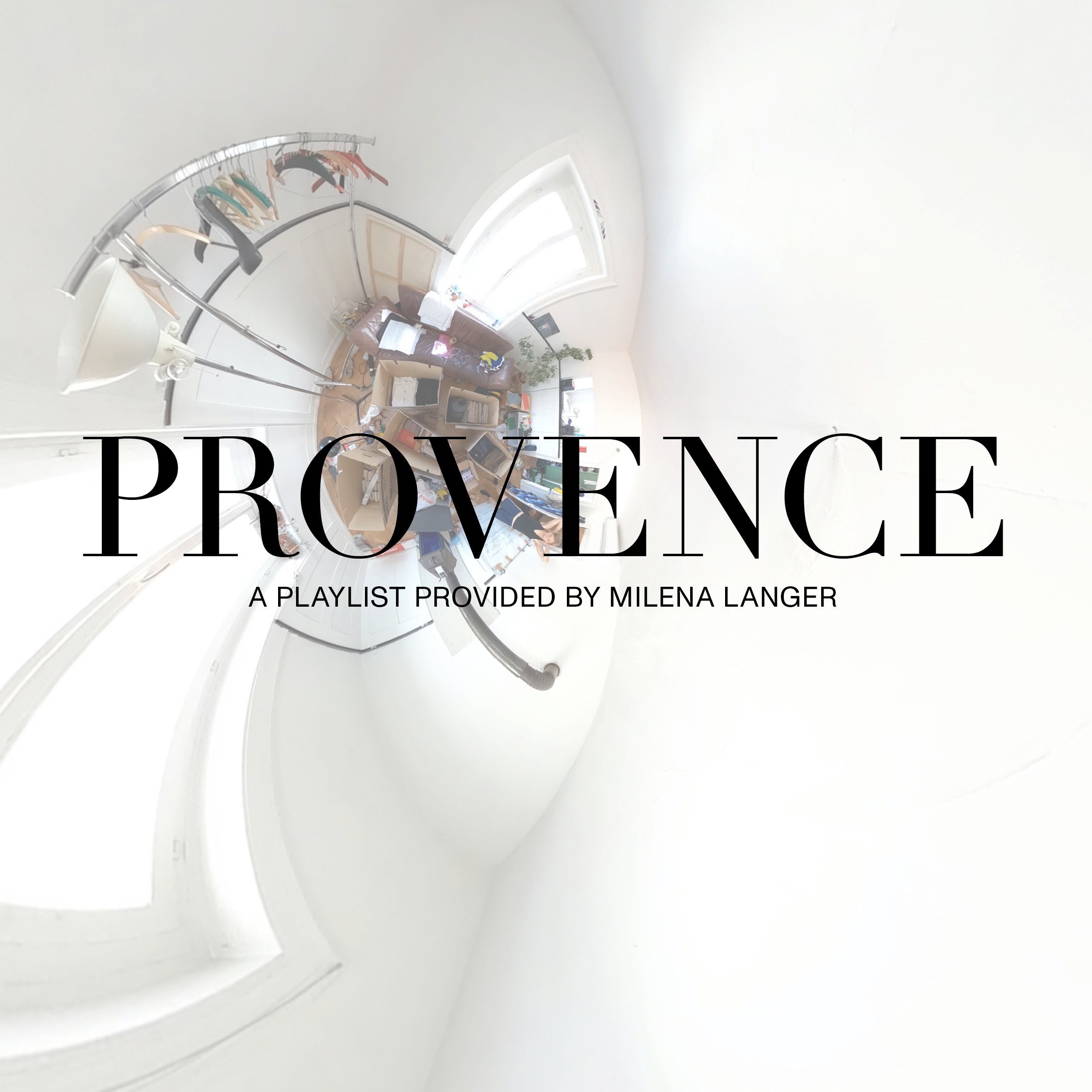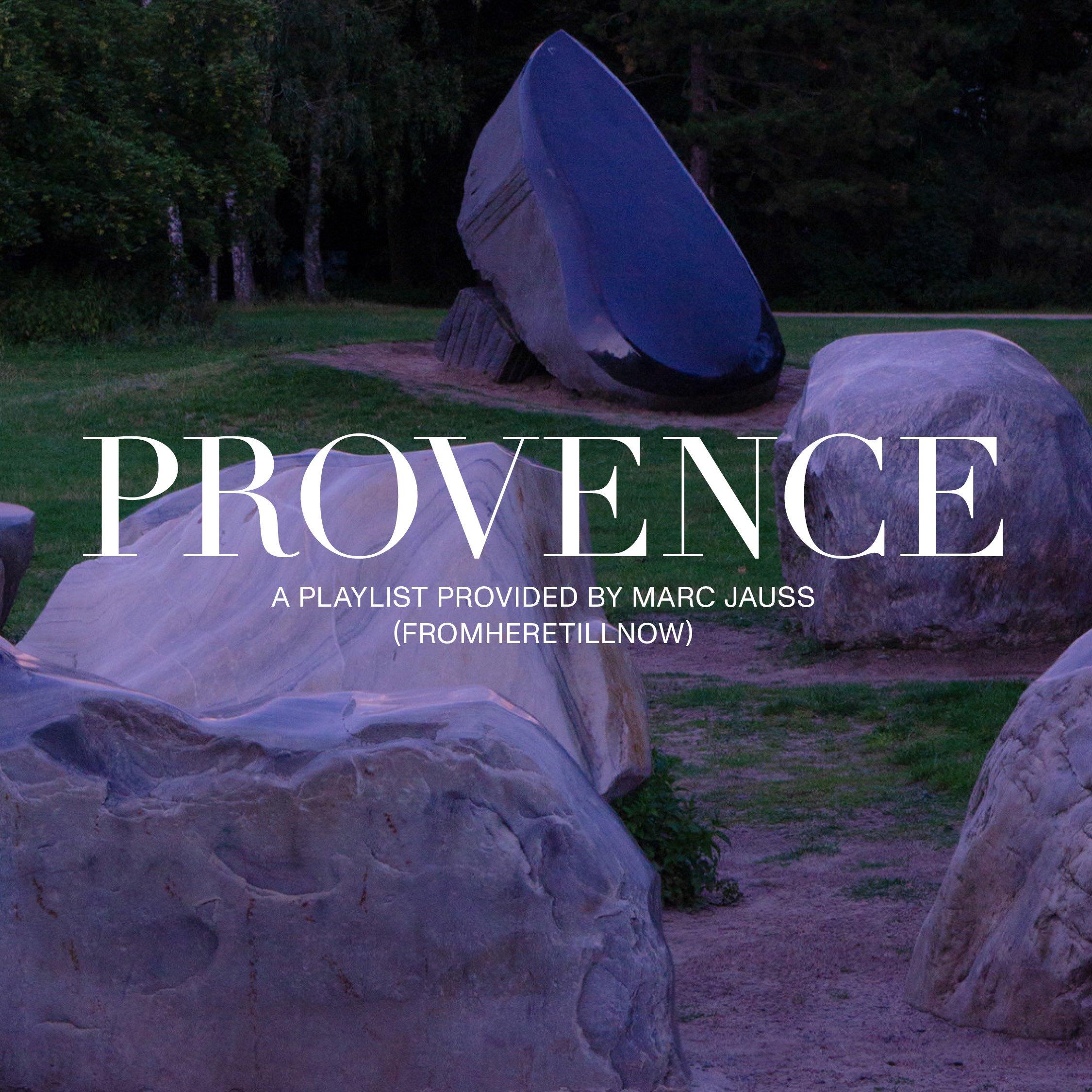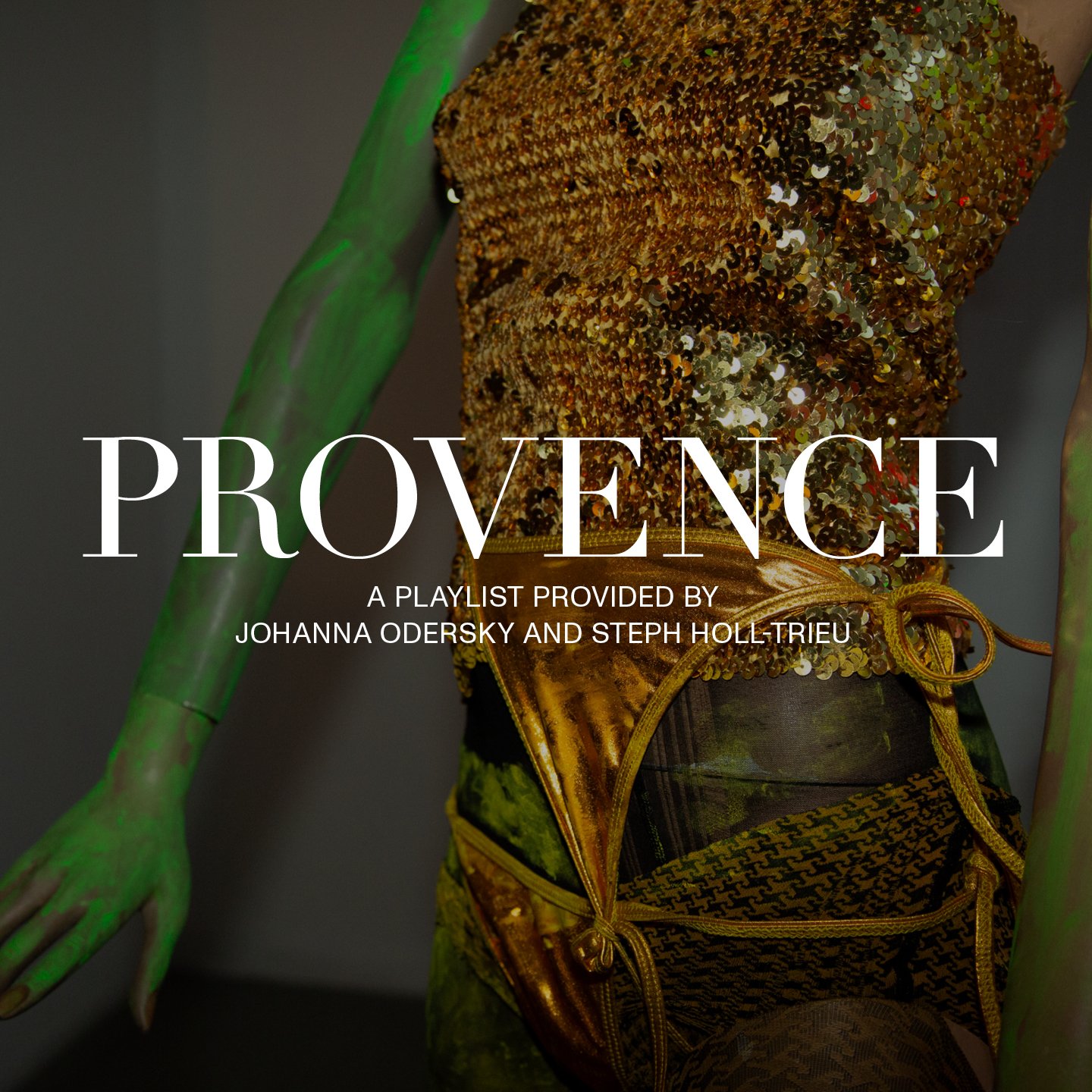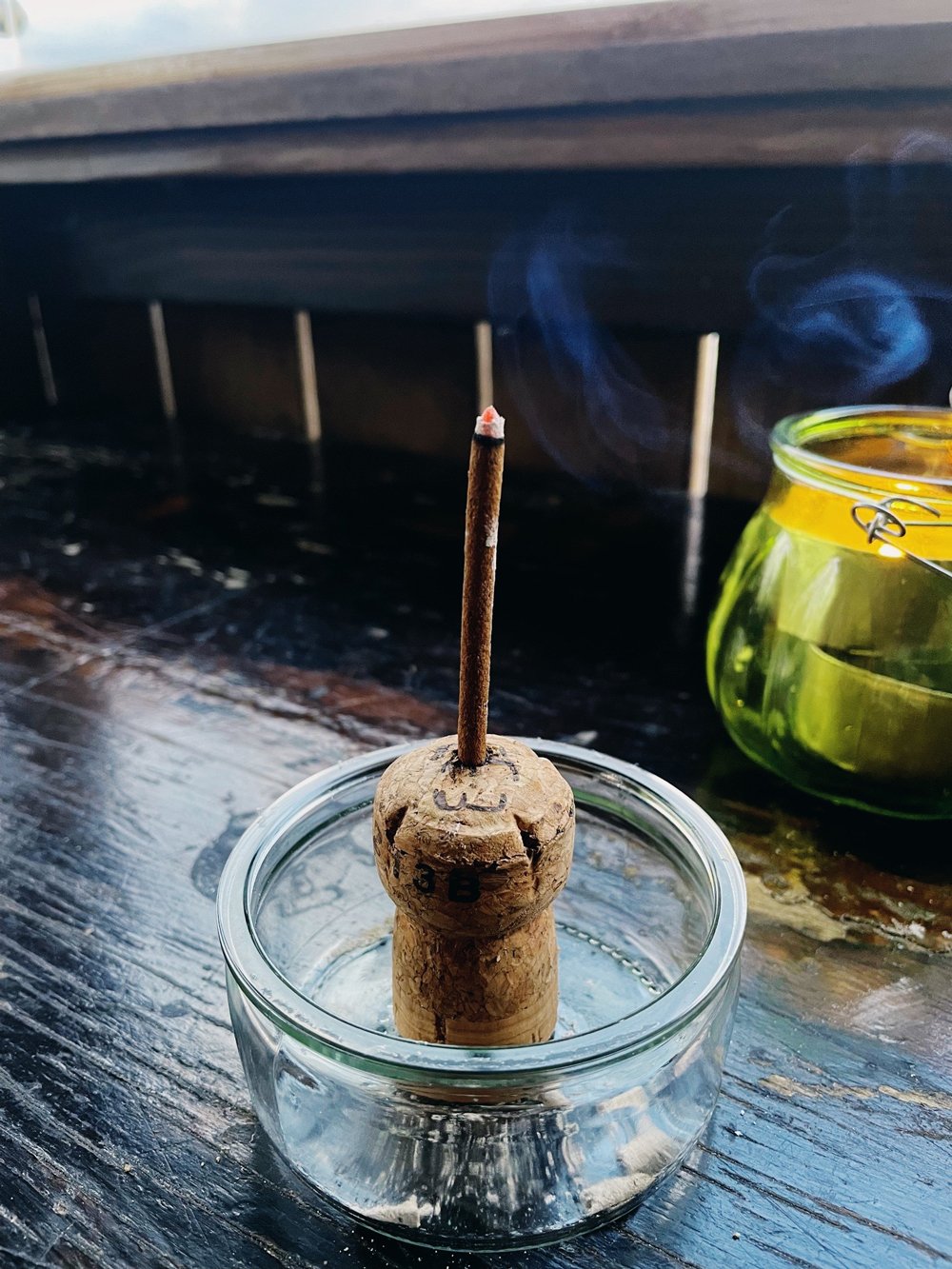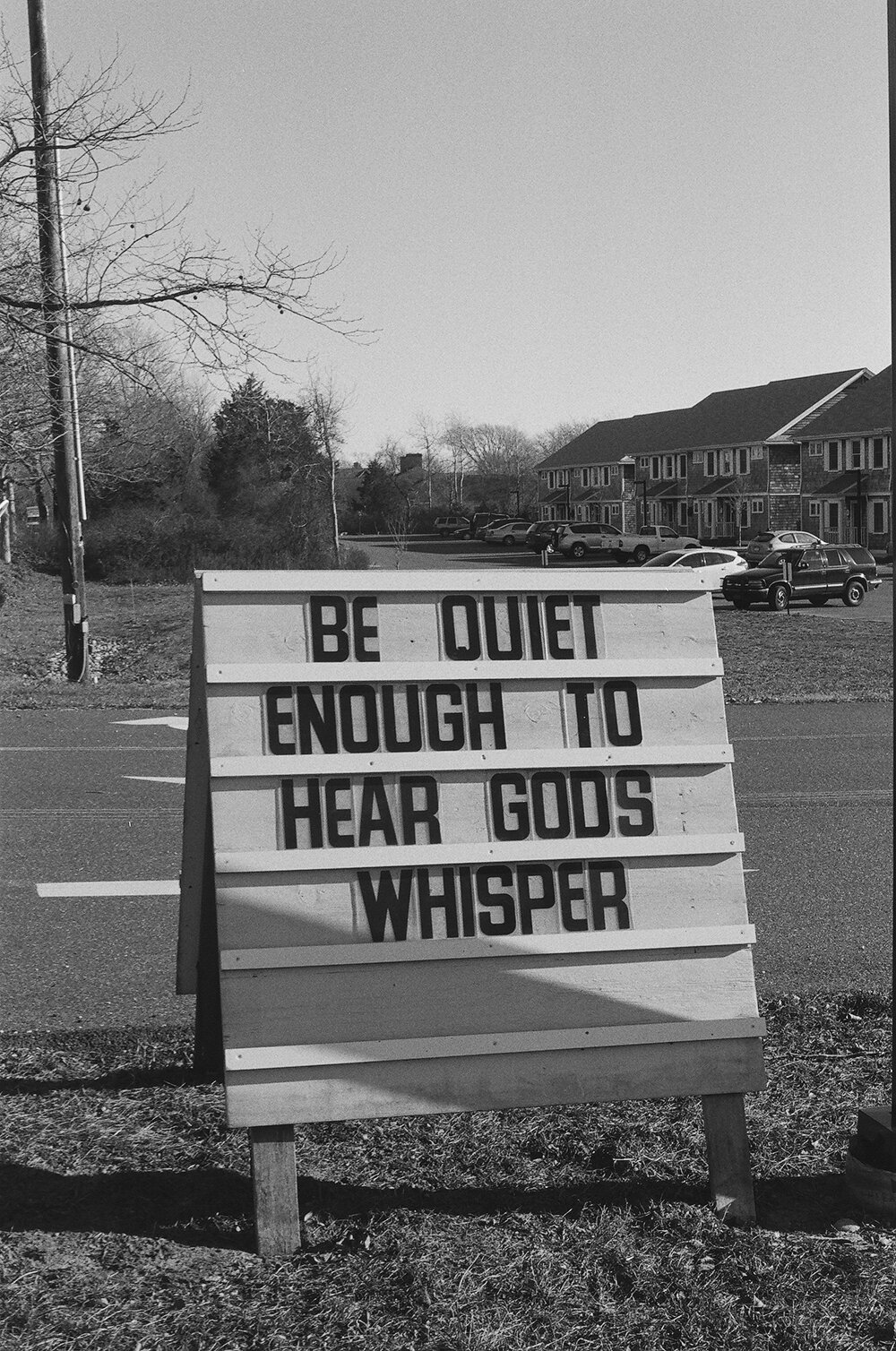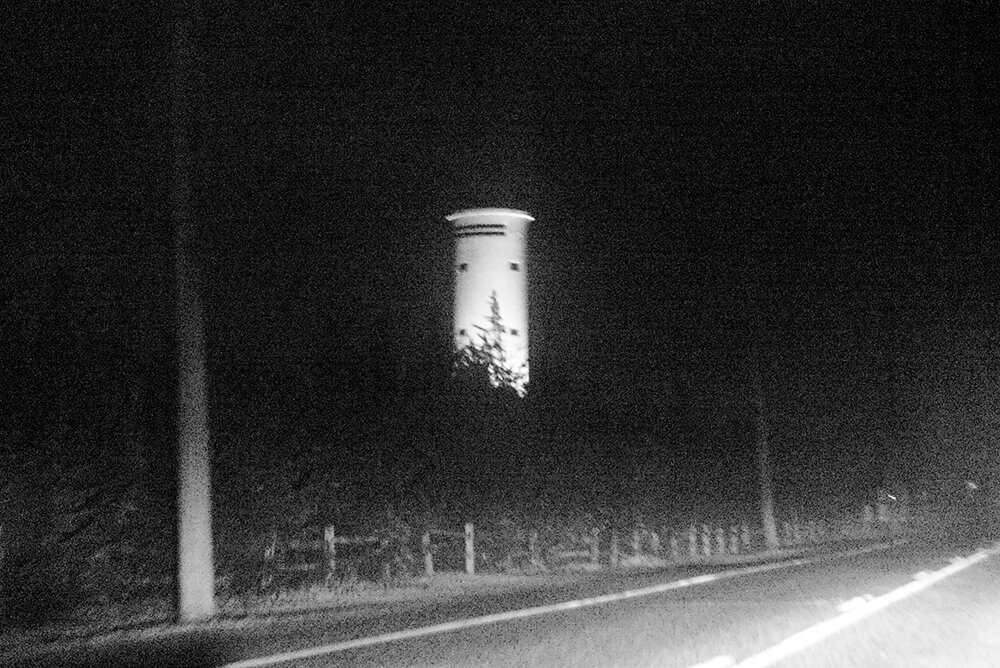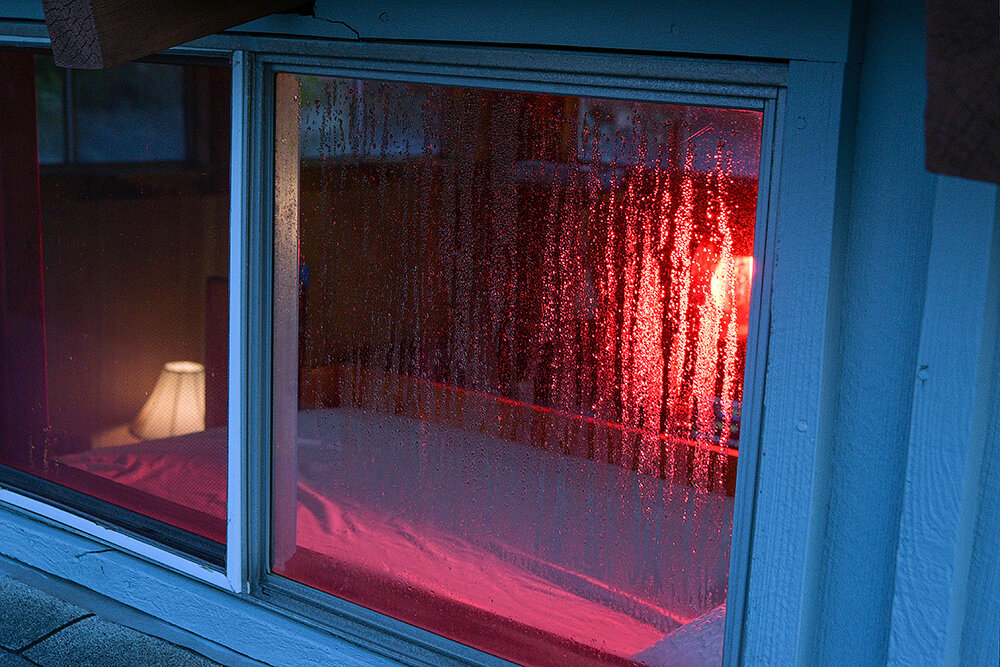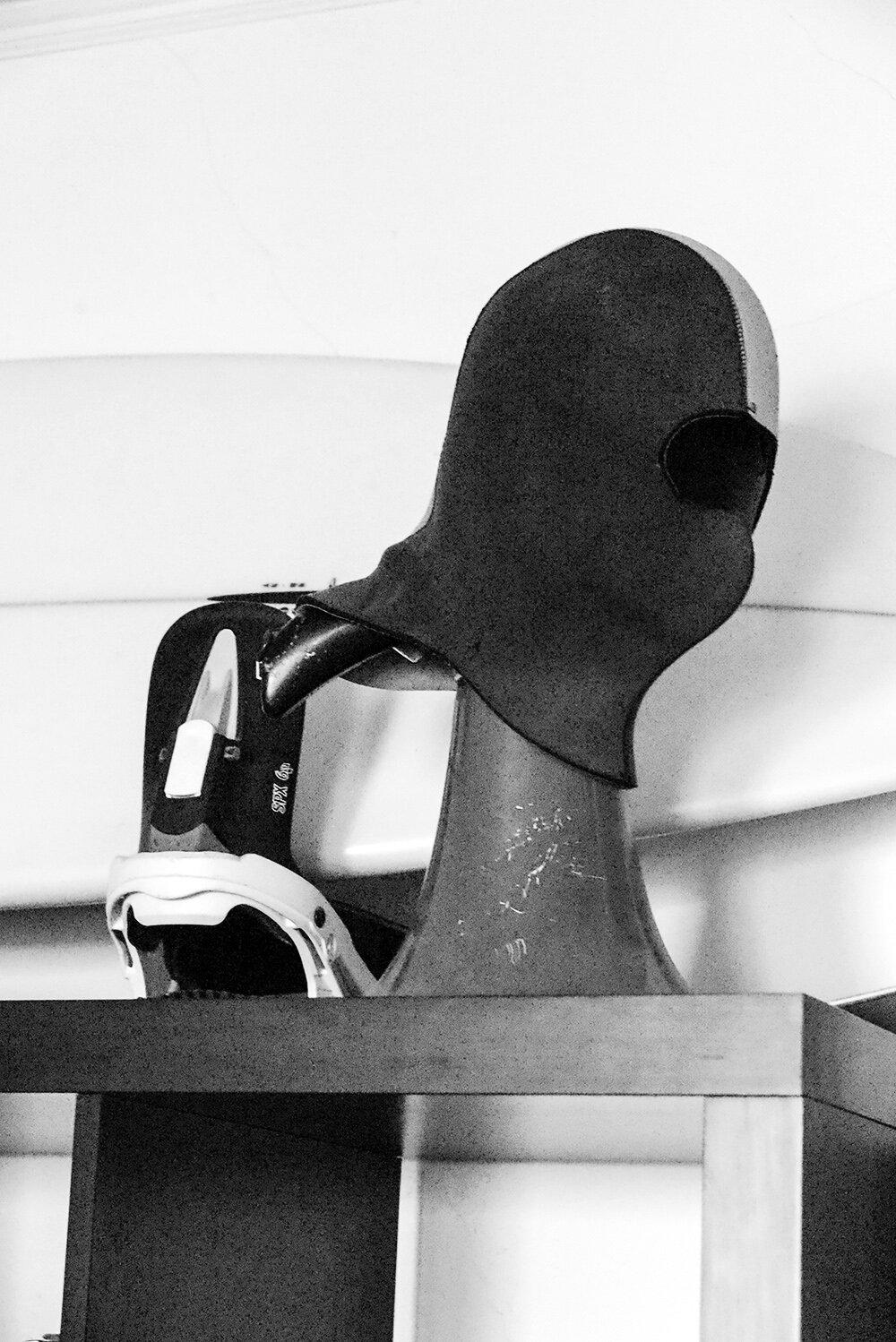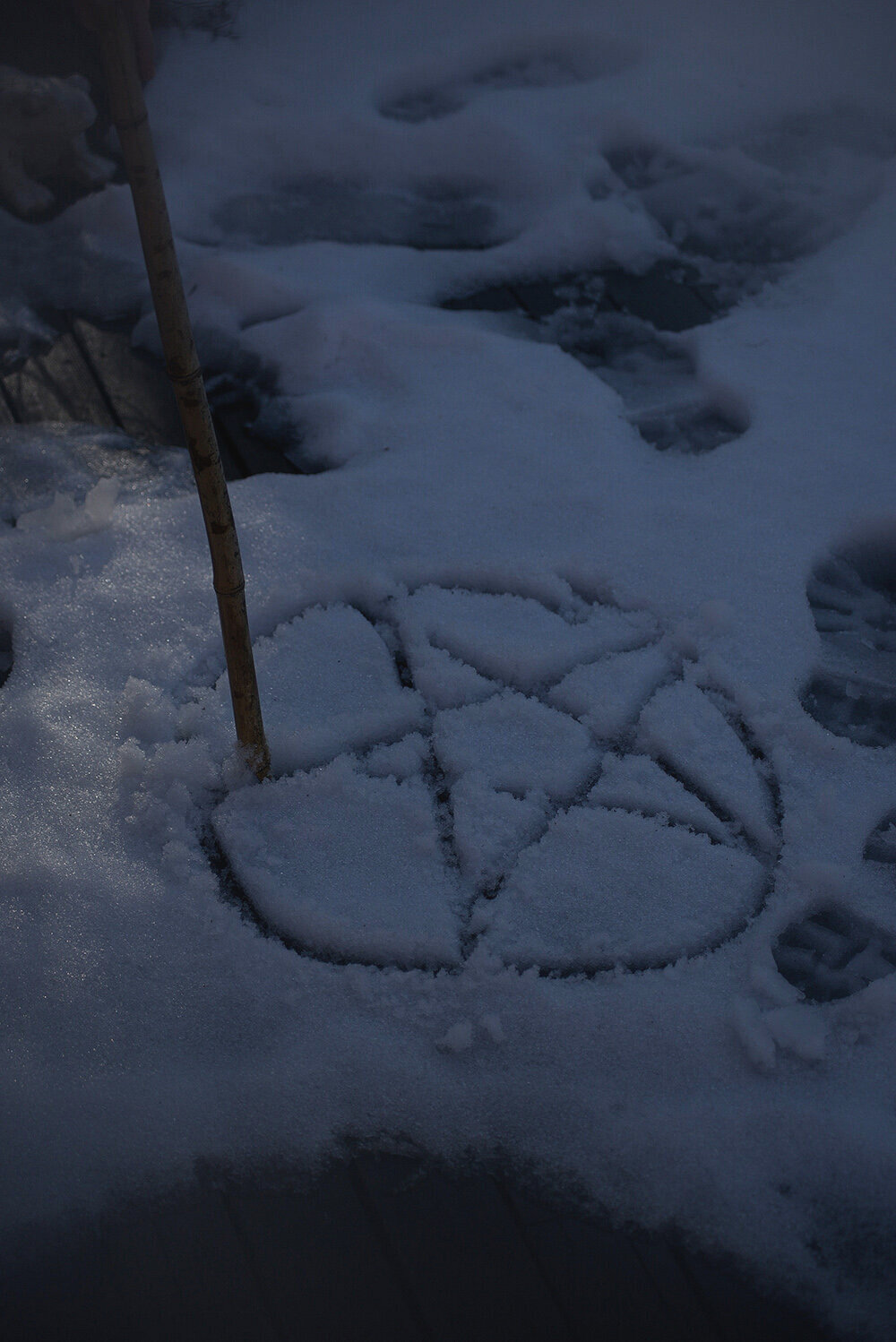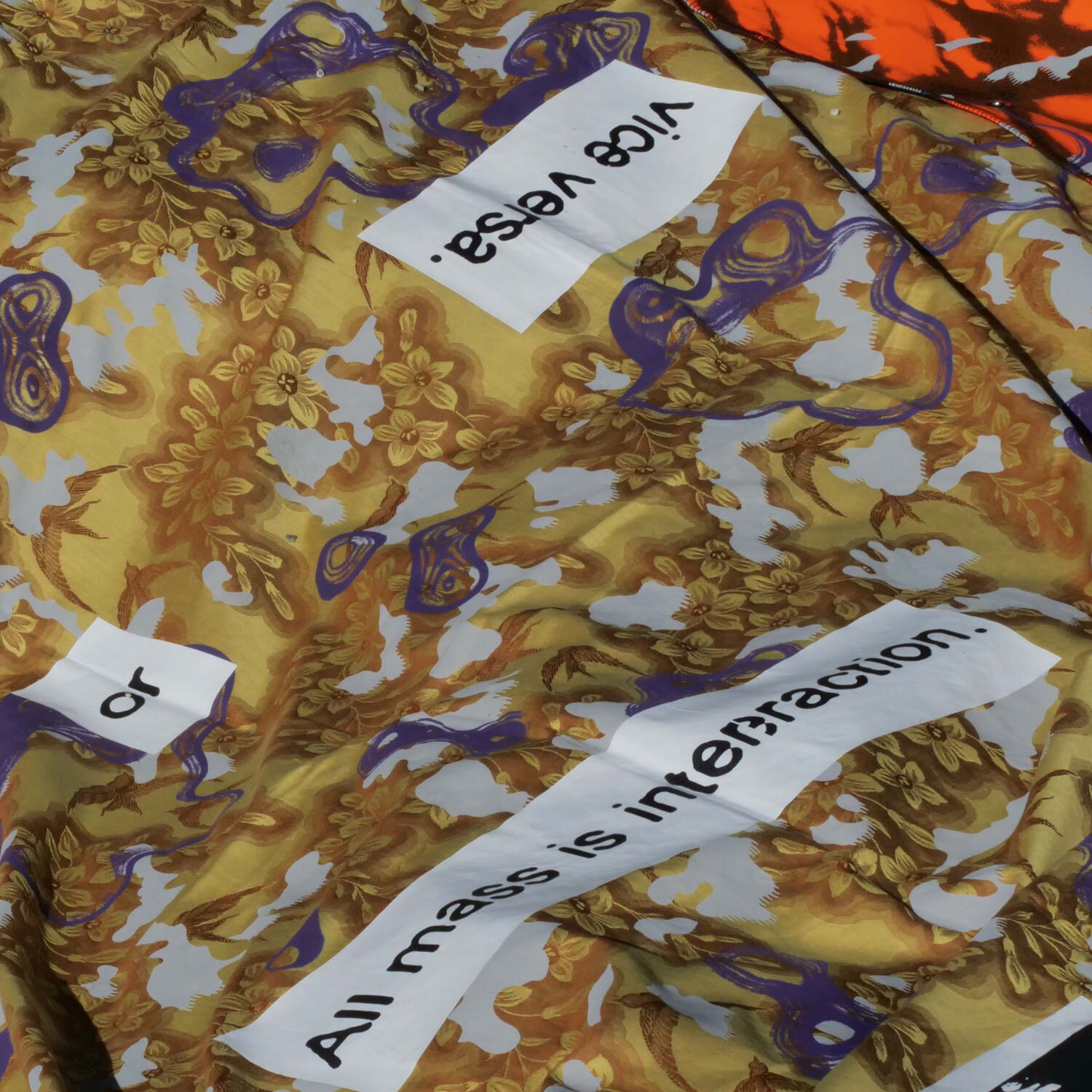There are many approaches to running a record label. Finding a niche and sticking with it is one, sprawling out into many different directions another. Yegorka’s mode of operation is the latter. The label is run by DJ and producer Tobias Lee Christensen aka Why Be and Dan DeNorch, who founded the now defunct party series and label Janus with Michael Ladner. Taking an anything-goes approach to musical source material, Christensen and DeNorch do not give preference to certain genres or styles but often are drawn to projects with clearly traceable artistic identities. They see themselves mostly as facilitators for music they find “inspirational,” as Christensen told Marc Jauss of fromheretillnow. Their conversation, which was conducted on Yegorka’s home turf in Berlin, is printed below.
Yegorka’s approach resulted in a catalogue abundant with artists the label and its founders worked with over the years. Aside from releasing music by artists like Mechatok [see zweikommasieben #16], Ryong, Yantan Ministry [see zweikommasieben #15], and Angel Wei, Christensen also has his own collaborations to show for, including projects with Elysia Crampton and Chino Amobi, and for a recent video he worked with photographer Nadine Fraczkowski and cinematographer Catherine Pattinama Coleman. He traces some of these connections in the following conversation. Christensen also talks about what led him to move from Copenhagen to Berlin, and how his approach to collaboration was shaped by his years using platforms like Myspace and his experience as co-organizer of party series like Janus in Berlin and House of Mixed Emotions in Zurich.
the interview was originally conducted for issue #24 of zweikommasieben, which also featured artists like Nazar, Soraya Lutangu Bonaventure, Milyma, and more, and can be bought here.
Marc Jauss: What projects are you working on at the moment?
Tobias Lee Christensen: A few. How they come together is very different. I’m currently working on two projects for Yegorka. It’s time-consuming work, building it up from the bottom. Artists often deliver finished material, and I basically only have to say “yes” or “no,” but the current project is different: I’ve approached people, and we’re doing the whole thing from scratch. It’s hard to talk about because it’s literally happening in real time. Our only rule is that things take the time they need. I would rather wait for something to develop into something good then to enforce a strict deadline.
MJ: I would like to know more about your background. Where are you from, and what brought you to Berlin in the end? I heard that you used to live in Copenhagen.
TLC: I grew up in the suburbs outside of Copenhagen. As soon as I graduated high school, I went to the city. I never actually thought I was going to move to Berlin because I used to come here for many years. I had a lot of friends who often invited me to play at their parties. I was using Copenhagen as a base and went wherever I needed to be, but then life left me in a situation without a place to stay. I split up with my partner, and a friend from Munich offered that I could stay at his flat in Berlin. I ended up here by chance, and I’ve been here ever since.
MJ: How did you experience Berlin’s and Copenhagen’s music scenes?
TLC: Most importantly, Berlin has a lot more spaces, which changes everything. One thing I kept hearing was that it wasn’t a problem to have a lot of friends in the music scene. Here in Berlin, they would be supportive of each other, whereas in Copenhagen, people are basically fighting for one space. Berlin offers more spaces, more opportunities, and, of course, more events. It’s less competitive in that regard, which is not to say that there’s no competition here, just that the city is so much bigger and more international. And I really like the sense of community that comes with that.
But Copenhagen also has changed since I came to Berlin. People collaborate and find each other in ways that weren’t happening when I was still there. Now, for example, I see the club scene organizing events with the noise crowd, and it really warms my heart to see this because it was something I missed while I was there. In that time, everything was segregated and tiny. It didn’t make sense to me that one small group of people refused to do stuff with another small group.
MJ: I’ve experienced similar things in Zurich: a little town filled with isolated micro-scenes. Nowadays, everything comes together naturally. What do you think are the reasons for this?
TLC: This probably goes back to the 1990s and early 2000s when it was still common to have clearly separated genres. A typical American high school canteen situation with the skaters in one corner and the goths in the other. This has changed a lot, I think. Today, people don’t take pre-defined roles and genre definitions seriously anymore. The 1990s were all about identifying yourself with one fashion trend or one musical genre. I’m sure that inspired a lot of people who came up in this period, but over time, people realized that this was restricting one’s character rather than defining it.
MJ: By the way, I am to send you warm greetings from Lhaga Koondhor. She was one of the people responsible for the House of Mixed Emotions series, and you were one of the first acts to play the series in 2011! Can you give me a little insight into that time?
TLC: It was really the beginning of all these parties that identified themselves by not being genre specific. It also was a time when Instagram didn’t exist. Well, it did, but it wasn’t as crucial to one’s career as it is today. I remember back then I got booked by both Janus and by H.O.M.E because of three or four tracks on my SoundCloud. I don’t want to be too nostalgic, but it was a very special time in the sense that you had no idea what people looked like. It was all based on music.
MJ: Over the years, you’ve worked with some interesting people. I am thinking about Demon City [Break World Records, 2016], for which you collaborated with Elysia Crampton. How did that come about?
TLC: The majority of people I collaborated with over the last ten years I met in a period from around 2007 to 2010. It was this weird Myspace time when I literally met everyone. I think that’s also why I still have strong connections with the people I met in this time. This was before any of us got any attention or could benefit professionally from just being friends. Demon City was Elyisa and my first official release although we had already done things together before that. The collaboration was always there, in the way we communicated and trusted each other. It was almost telepathic because we never sat down and decided to officially do something. For Demon City, Elysia just decided to include a lot of her friends to honor these friendships.
MJ: How do you feel about collaborating nowadays?
TLC: There’s definitely a lot more business that goes into it. People are getting more professional and are in a position to make money from their art. I have absolutely no problem with that, but sometimes I just feel the industry’s pressure at work, to which I’m a little bit allergic. I have seen how it has driven people apart, and I have also experienced how it complicates things. I sometimes wished that things happened more fluently or more effortlessly. I have also seen people get ripped off. I personally always aspired to make sure I have the option to not only think about the profits, but everyone is doing it their own way – that’s for sure. And I totally respect everyone’s personal drive or what they consider important in being a professional musician.
MJ: Let’s talk about Yegorka. You run it together with Dan DeNorch, who also runs the label and the event series Janus. What was your motivation for starting the label?
TLC: I met Dan because I was familiar with Janus as a label and party series. He had booked me for the second Janus party ever, and since then he basically kept on booking me for the party as sort of resident. That was the beginning of our friendship, and I really saw a unique quality in what he was trying to do.
MJ: What exactly was that quality?
TLC: Janus possesses a strong sense of taste and a strong belief in doing it their way. It was cool because it was never trying to be cool. It was deeply defined by not being bound to one specific genre, culture, or type of artist. At some point, I think Dan personally didn’t feel like he could go further with Janus, which basically ended in 2017. That was officially the last Janus event at Berghain.
With Janus as a label, it’s been a comparable trajectory, so he asked me if I wanted to collaborate with him on something new. Dan lets me do what I guess he felt he couldn’t do anymore, but we are still finding our roles. From time to time, he gives me input or suggestions about artists or interesting music he has discovered, but my acquisition is mainly based on the people I meet or find inspirational or that I think could do something for us. After that, we discuss what can be done for the different projects. Looking back, Yegorka really came out of Janus, I think. Basically, Dan offered me his platform and his know-how in terms of music publishing, and I was able to plug my ideas into his existing infrastructure. I always felt very safe during this whole process.
MJ: Yegorka’s 16th release Flagrant Hours by Kittisol came out recently. It is a collaboration between Alexis Chan and Jackie Poloni aka Yantan Ministry. Can you shine some light on the process behind this release?
TLC: I was supervising this project from a non-access point of view and was just kept in the loop on what was going on. I have no problem art directing for myself, but I don’t like to tell other people what to do or how to do it. I like to think that I can trick people into doing something without actually giving them any specific direction, but Jackie and Alexis did Flagrant Hours completely on their own. It only came to my attention when it was already 90% done, which I really like. It gives me a feeling that it comes only from the artists, and I like artists to drive both the visual and the sonic side of the project.
Alexis and Jackie both have their own solo projects, but they really found each other for this one. It was a funny way of perceiving one’s past, present, and future. They were able to focus on exploring new territory by making use of a specifically vocal take on music. It was their first time using their voices as an instrument. In that sense, I helped giving them an additional kind of artistic identity that wasn’t defined by a trend or a demand because there was no demand for anything. They built a micro-universe for themselves.
MJ: Does it often work like this?
TLC: Over the years, people started to understand that I prefer not to be part of that creative process for reasons I’ve already explained. I’m afraid that I end up influencing things too much. For all the recent projects, the artists sent fully formed and developed things, and then it’s just on me to decide whether I want to take that further or not. Then again, the two things I’m working on right now are different because I asked the artists if they would like to develop something for me. There is no common thread or process. I don’t actually have a preference on how we develop the releases. I am essentially just a big fan of music and get inspired by people who have a strong drive and a strong vision. I like to sit back and enjoy something that visually and sonically is already done — and done well.
MJ: Last year, you released your album Caged Animal [Yegorka, 2020]. For the track “Dragged,” you collaborated with Elias Rønnenfelt from the band Iceage. This resulted in a video that was directed by Catherine Pattinama Coleman. In it you are tied up on a chair bathed in shimmering red light…
TLC: I had been planning a video shoot for a long time, but the pandemic kept preventing me from realizing it. Under normal circumstances, I would have wanted to shoot the video in one setting in Copenhagen. What ended up happening was that parts of it were shot here in Berlin, and parts of it were shot by Catherine in Copenhagen. Catherine is a professional cinematographer and was pregnant at the time, which made it even more challenging. I was really afraid of overworking her, but she was really into the project and also suggested her sister Ribka as an editor for the video. In Berlin, Hannya did the rope scene, and the visual cinematography was done by Nadine Fraczkowski.
What you see in the video is actually these four people: Nadine, Ribka, Hannya, and Catherine. It’s all their ideas coming together. It might be the one thing I have ever done for which I never at any point knew how it was going to turn out, and I never really had a clear result in mind other than incorporating what they all brought to the table. I have to say that I become a very evil dictator when it comes to my art and music. When that’s the case, then all the solidarity and all the smoothness and tenderness goes out the window. The video for “Dragged” is maybe the one time I wasn’t dictating or telling anyone what to do. I’m still very pleased with how it came out, and I’ve also learned a lot from it.
MJ: The pandemic has shown us that there are other new ways to work with people. Where do you see opportunities (and threats) for the future of collaborative work?
TLC: How we do things on the label didn’t change during the lockdown. We actually did more releases during 2020 than in any of the previous years. Our setup is so simple that we weren’t logistically challenged by the lockdown. The shoot for “Dragged” was a very reassuring experience in that sense. If somebody is going to limit us, it’s going to be us ourselves. In that sense, we are our own ecosystem. I am also seeking ways to make the label profitable – not in the sense of me personally being able to take any money out of it, but I want to be able to offer more opportunities. I want to be able to do more ambitious things without compromising our vision. That is something that I am still struggling with: how to raise more funds without compromising in regard to the way we do things. Essentially, I want to give people the best opportunities to present their work in the most nuanced way possible.
latest yegorka releases:
buy zweikommasieben #24:


